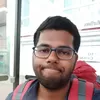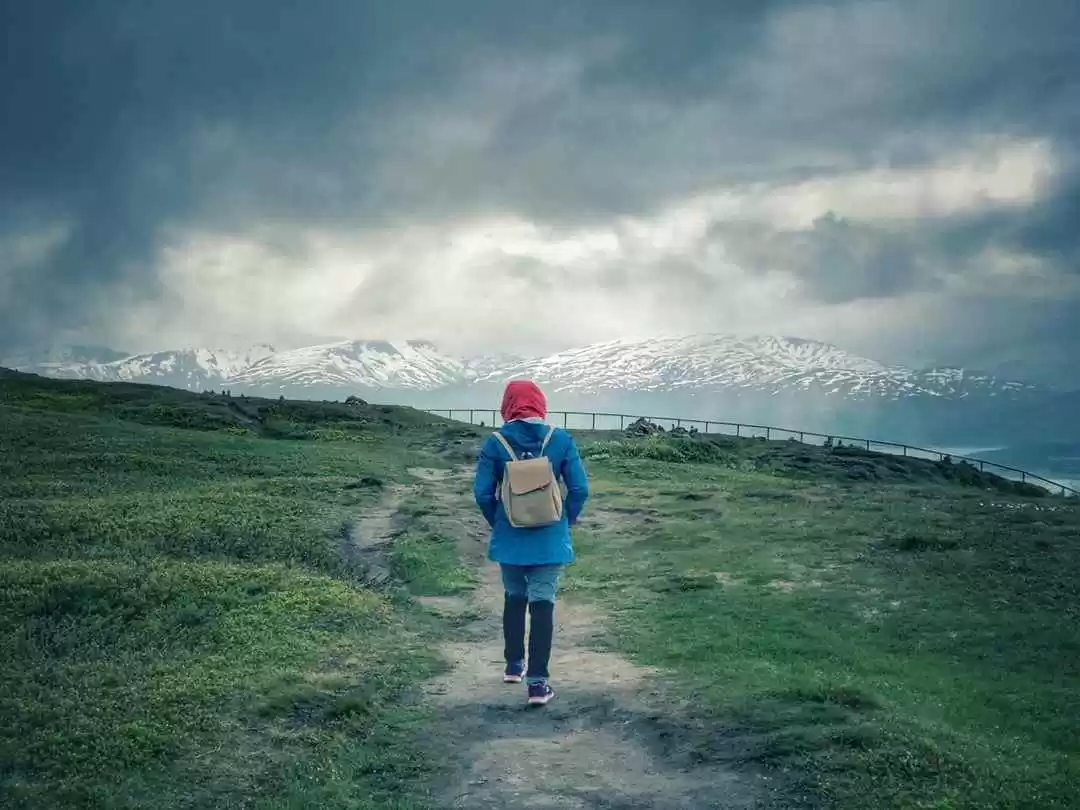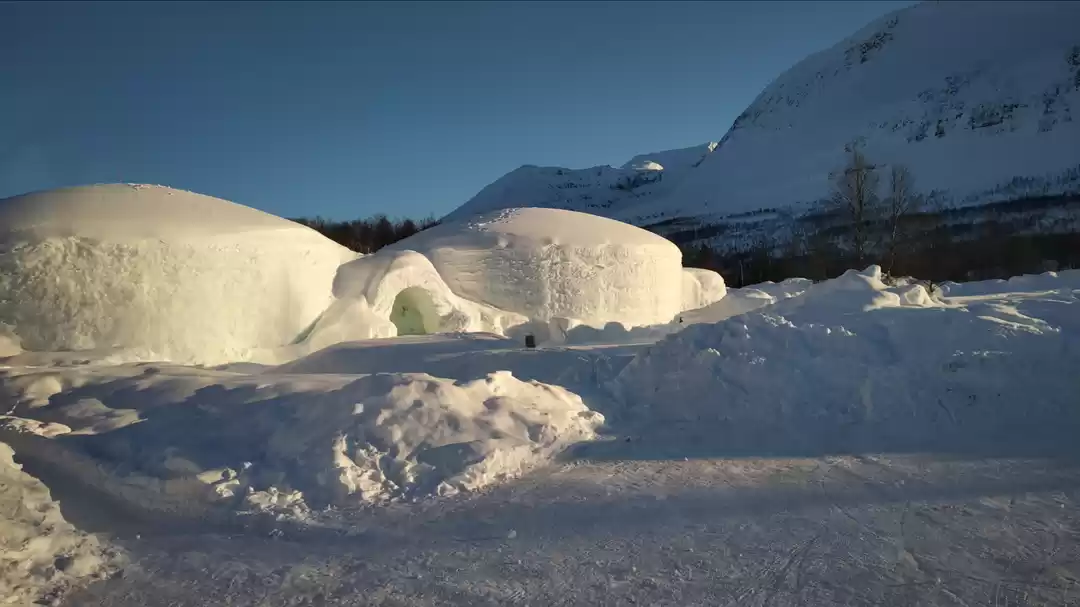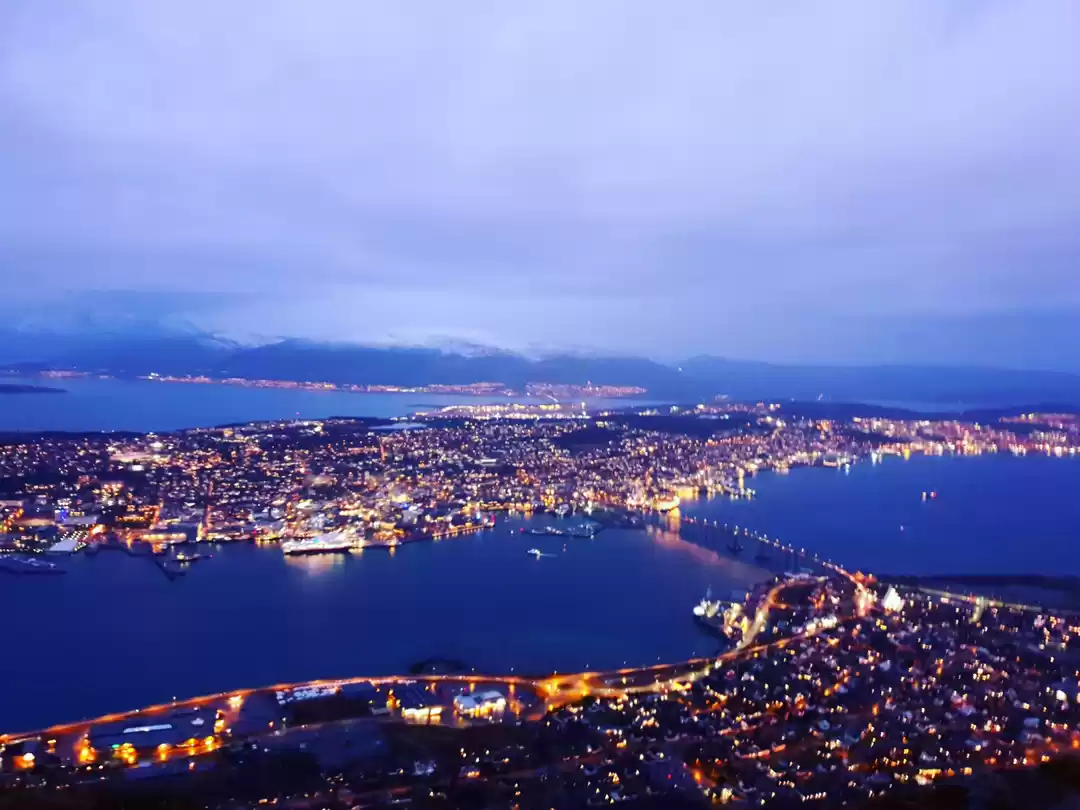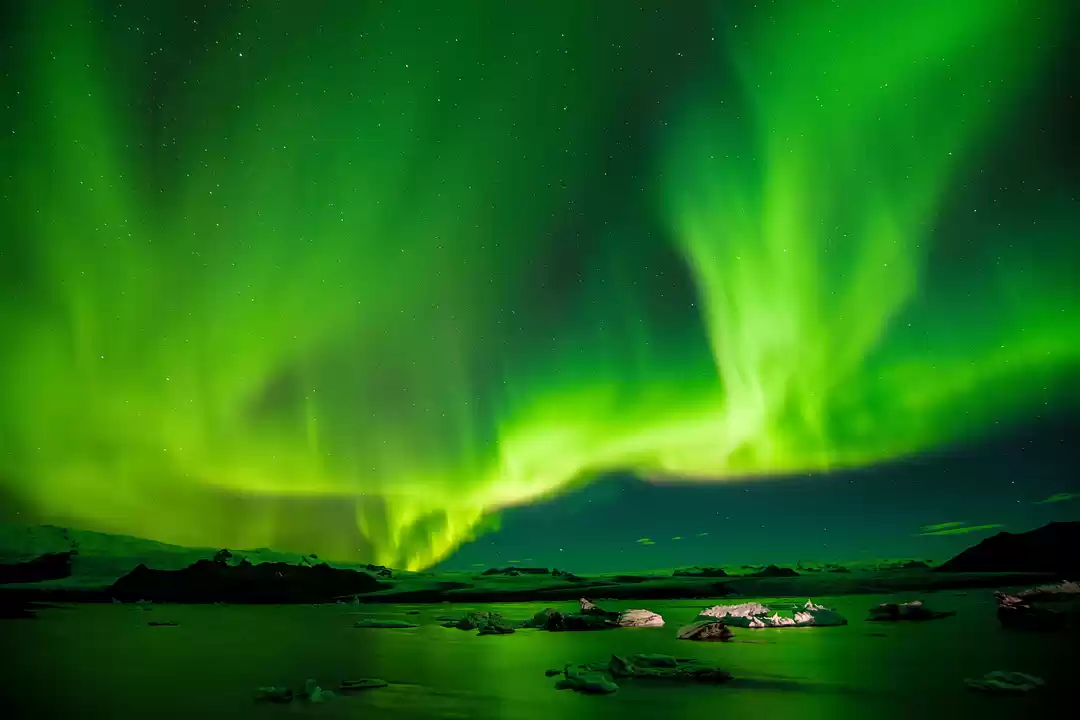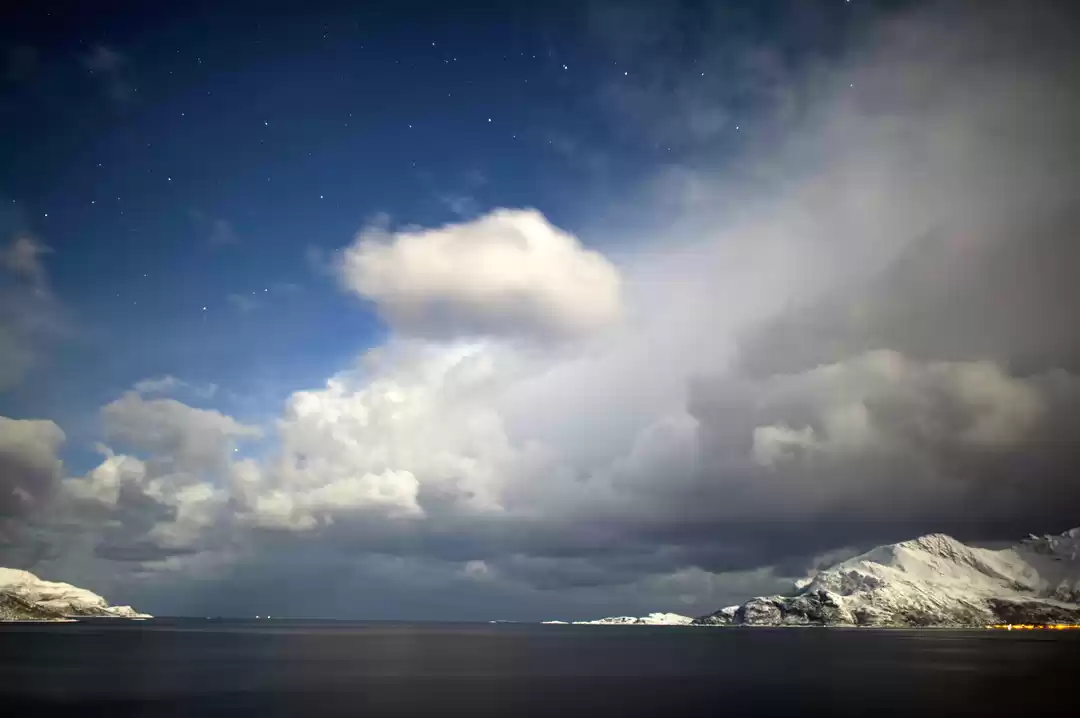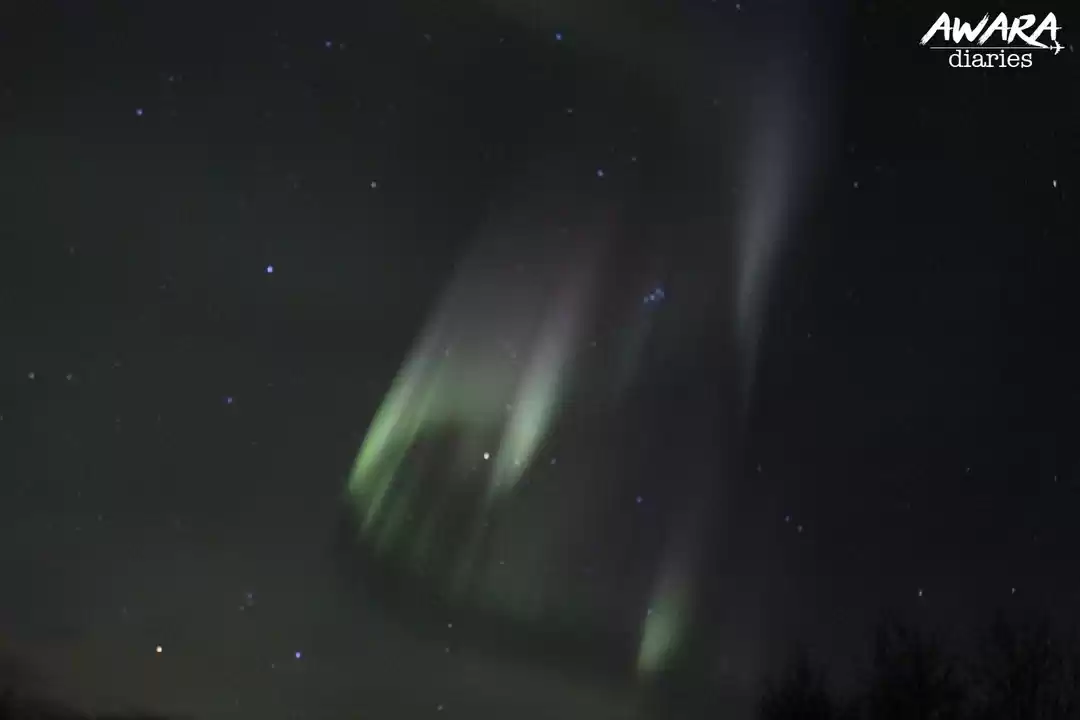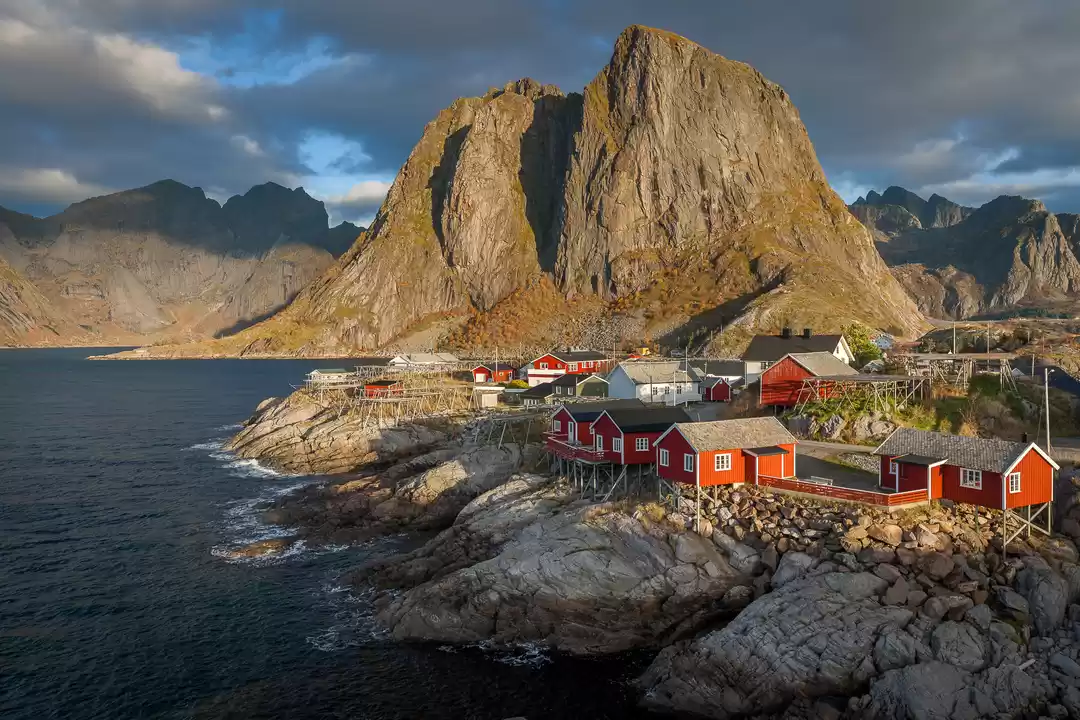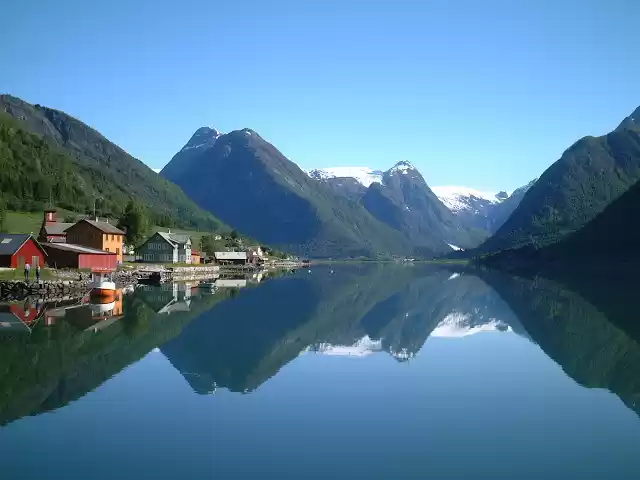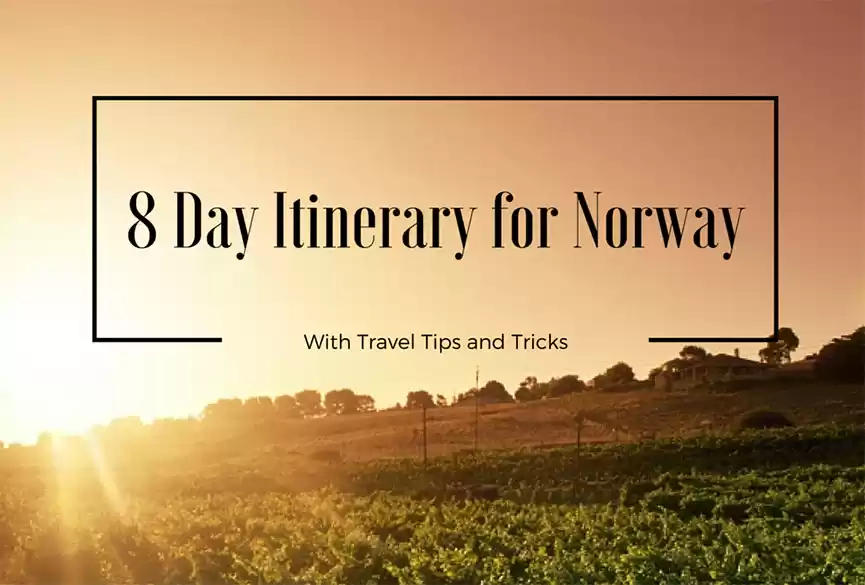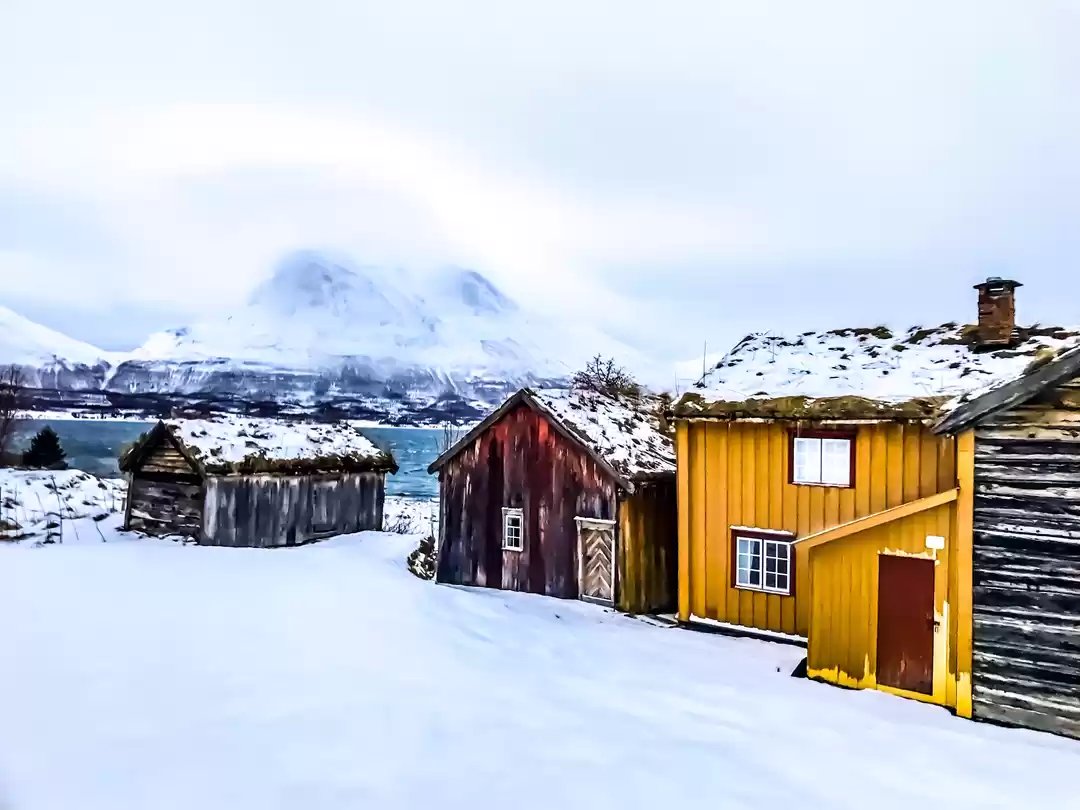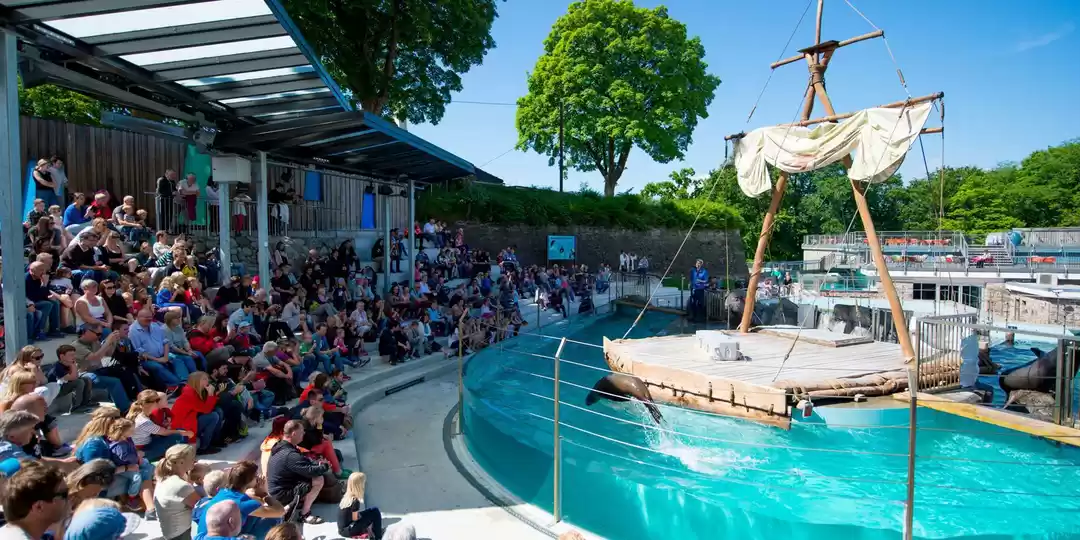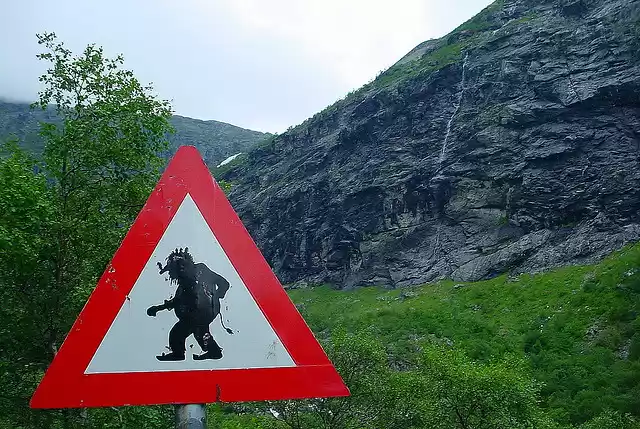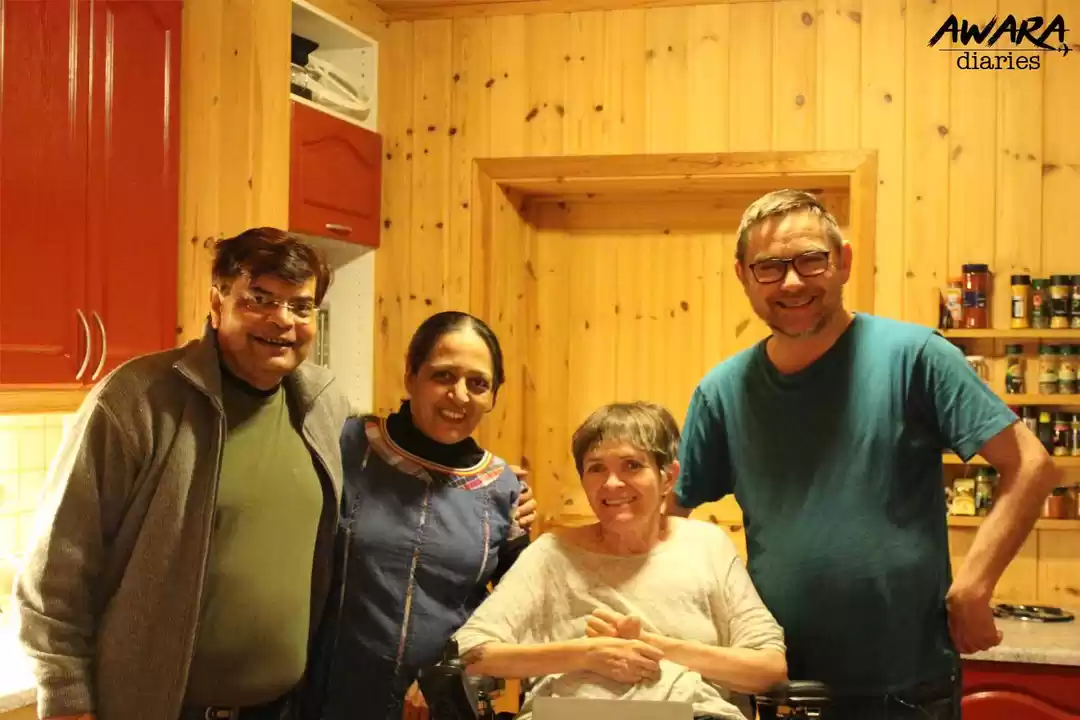
Day 4 - Honningsvag
The night was peaceful and I woke up the next day with the clear objective to reach the North Cape. A little over 400 km away separated me from there. The most spectacular part in terms of landscapes was to come. The landscape since leaving the unpronounceable Finnish people is a majestic white. The temperature is -5 degrees and a wind blow that lowers the thermal sensation several degrees more.
I stop at the Norwegian-Finnish border, marked by a fence only opened by the road. Norway does not belong to the European Union, but yes to the European Economic Area and the Schengen agreement. The rules of the European Union do not apply in Norway. So there are some customs offices in case you enter or leave the country with something to declare. This happens in all border crossings between Norway and Finland, but not in Sweden and Norway, where there are only customs posts at the main crossings.
Again in Norwegian territory, I continue, then, my trip. The first kilometers run parallel to the Bievjaveaijohka River, from which absolutely nobody who reads this blog will have heard. It slides between mountains with fewer and fewer trees, between a white and sandy landscape, of an overwhelming beauty. The road meanders. I see frozen lakes, polar villages of houses made of sheet metal, innumerable flags of the Sami people, inhabitants of the Lapland region and water, lots of fresh water that falls from thin and high waterfalls.
After a couple of hours of walking, I finally reach Alta, capital of the Finnmark region. On the banks of the fjord of the same name, I am surprised to be on a lively city, with children playing in the streets, an intense traffic and not too monotonous. It has almost 20,000 inhabitants and its situation, at the bottom of the fjord, softens the temperature so much that it enjoys a climate very similar to that of the south of Norway.
In addition, it has clear skies of clouds most of the year, which makes it one of the best cities from which to see the northern lights. I stop a couple of hours in Hammerfest. I take this opportunity to go down to visit the northern capital, a modern town whose attractions are a church and the Polar Bear Society.
I was not there to stop for a long time there since the end of my journey was near. I wanted to get to the North Cape before it was dark. So I continued the road north in what would be one of the most pleasurable of my whole life.
Once on the village of Olderfjord, which gives its name to the fjord, passes, the road runs parallel to the Barents Sea, that is, to the Arctic Ocean. The beaches follow one another adorned by fishing huts that dock their boats on the same shore. The sun does not stop going down, but it does so in an extraordinarily slow way, as befits those latitudes, casting a dull, dim, gray light.
The road then goes through a lunar landscape, shockingly desolate. There is not a tree, hardly any life, or circulation, for tens of kilometers. Only some birds and lichens, and the music in my car give me company. There are endless lines in front of me in what seemed, and in fact was, the road to the end of the world.
Near the tunnel that connects continental Europe with the island of Mageroya, I go along the ocean without crossing any car. The feeling of loneliness is terrifying and fascinating. Ahead, there is no human settlement beyond some semi-abandoned fishermen's huts. I stop to breathe the icy breeze of the Arctic Ocean, to touch its waters and nature seems to ask me what are you doing here.
I try to put myself in the skin of the first settlers of these lands, in those of those explorers who were incessantly looking for the passage from the north. For a moment, I came to imagine their sense of abandonment, fascination, and humility before these landscapes where nothing seems to survive.
And finally, I reach the North Cape Tunnel, which connects with the island to which I am heading. With 6870 m long and 212 meters below sea level as the minimum level, it was for a time the longest and deepest underwater tunnel in the world. The first 3 kilometers are downhill, on a steep and straight slope that causes the ears to be blocked by pressure. And, in the end, I enter Mageroya.
Literally, Mageroya means "desolate island". And those who baptized this corner were not mistaken in the name. It continues the same landscape that I described before. There is a landscape of tundra, of mountains without trees, vegetation, and life. The calm Barents Sea gives the landscape a picturesque touch like a postcard.
My destination was the hotel in Honningsvag. Under Norwegian law, a population deserves city status when it exceeds 5000 inhabitants. Honningsvag has just under 2500 but was declared a city in 1996, which makes it the northernmost city in Europe, and one of the most boreal in the world. I am the only client of the hotel and one of the few travelers that have visited the island for those dates. And, of course, the only one who has made the journey from Oslo by car. So I earned the name of crazy according to several inhabitants of the island.
There was no time to lose. The light began to get scarce alarmingly fast. So I leave the suitcase in the room. I take the car and I go to the Nordkapp, which separated me the last half hour of the road. I zigzag between mountains, with less and less light, and I fear I will not arrive on time. The winds whip to the point of shaking the car. I take the last detour, and I head toward my end of the journey. As expected, I was the only visitor.
A visitor center, a restaurant and a parking lot are totally empty. I stop the car and go on foot to the ball of the world that stands as a symbol that you are at the end of the world. The wind is strong and freezing. The light is practically non-existent, and the cliff is steep and high. I am alone. Behind me is entire Europe.
In front of me is the north pole. I have arrived and the feeling of satisfaction is only comparable to that of absolute solitude. The sun refuses to set. I find myself beyond the 71st parallel, and its light reaches here at an impossible angle,
The goal is fulfilled. I grab some stones, the most northern in Europe, and I put them in my pocket. And I hear the sound of two people screaming. There were two Latvians who work in Tromso and who have come from there to do the same as me. A little closer, I tell you. They stay in the same hotel as me and they ask me to take some pictures of them. They leave and I continue with my reflections and enjoying the moment until it is time to return, once it gets dark.
The restaurants are closed at that time (approximately 6 pm). So I enter a supermarket and buy a pizza to make in the hotel kitchen. While I eat, I start this blog and take the opportunity to look at the sky, to see if I hope to see some other aurora borealis. But the weather is horrendous, with strong winds, rain, cold and the sky, logically, overcast. I'm going to bed soon.
And then an idea occurs to me. Why not use one of these apps to meet people around to see if by any chance there is someone willing to stay for a drink? After all, I am intrigued by life here, told by locals. Bingo, there is one less than 2 km away, which means it is in Honningsvag. I set up a virtual conversation.
The girl was born in Honningsvag but grew up in Kirkenes, Norwegian town near the border with Russia, where the midnight sun shines for more than two months and the winter darkness also looms for two months. The mental confusion produced by the midnight sun is something that is hard to get used to even if you were born far beyond the Arctic Circle, like him. She cooks typical Norwegian cakes as a hobby

Day 5 - Tromso
I wake up very early and procrastinate in bed looking for information about this place. The hotel reminds me of a movie with its long corridors, its desolation, and its environment. I'm the only customer who takes breakfast at that time. It is a buffet consisting, among other things, of salmon paste in a tube, fish in vinegar, cod and different delights of the ocean.
The cold climate made up for it with a contained passion, an authentic oasis of interior warmth. The end of the European continent united in an impossible latitude. The exterior desolation contrasted with an unleashed fury, stripped of all modesty.
In winter we have discovered this strip of Europe becomes a kaleidoscope of lights from the natural ones of the sun to the artificial ones of the cities. Everywhere there are lights that color the landscape, are reflected in the sea or sparkle in the snow. And we realized it right away, already when the plane approached Tromso. From the top, we can see vast white spaces surrounded by dense yellow lights that run through the fjords.
The light show continues once we arrive in the city. Tromso, which has the highest number of wooden houses (old-style ones) in Norway, looks like a huge carillon of lights reflected in the sea. Many of these houses have been converted into bars or restaurants. And inside we discover a new light, the warm one of the candles that is reflected on the faces of the people, on the wood of the furniture and between the glasses especially of beer as Tromso has the most northern brewery in Europe.
We have dinner in one of the restaurants a few meters from the sea, which turns out to be the best place to eat the reindeer. Despite the initial perplexities, we take courage and discover that the filet has the flavor, but much more tender. And the meal continues munching potatoes and nachos.

Day 6 - Tromso
The awakening in Tromso offers us a new show. In the darkness of the previous evening, in fact, we could not see all the cliffs, the huge blocks of rock that surround the fjords. It is precisely on these imposing masses of stone and snow that we begin to see the first colors of the Norwegian dawn, a long and special spectacle. First the black of the night turns towards the blue, meanwhile, from the bottom, it seems to rise a pink halo. Then the blue becomes blue and in the center appears a yellow stripe.
Because of the particular inclination between the Earth's axis and the solar ecliptic, in fact, in this season the sun is never seen directly. The sun is there but seems to have hidden beyond the horizon. And the only sign of its presence is the colors of the sky.
In front of a landscape so beautiful we cannot do anything but admire in silence, at most take more photos as possible to try to tell the uniqueness once we get home. But suddenly someone hears someone exclaim: Frozen! Focusing on watching the sunrise on the left, we forgot to enjoy the fjords on the right. A landscape that changes at every turn and that, suddenly, opens on a loop of a frozen sea. We are about to reach the destination and the temperature is around -30 degrees.
We meet the Alaskan Husky that will lead our sleds. Already from a distance, we start to hear them barking. They seem aggressive but are just impatient to shoot. So much so that when we approach to caress they become affectionate and playful.
The path in which they lead us with their sleds is characterized above all by silence where there are rivulets, rivers, and small waterfalls in summer. Now everything is covered with snow as if suspended in anticipation of spring. The excursion to Lyngsfjord is also an invitation to learn about the Sami culture.
After the sleigh ride, in fact, we have lunch at the camp where a lavvu has been installed especially for tourists. The lavvu traditionally is the encampment of tents for shepherds, in this case, it is the space where they serve lunch. The ceiling is only in fabric and yet the naturally heated environment with the wood stove manages to remain very hot. And the warmth creates a relaxed and friendly, almost intimate atmosphere. Some take off the cumbersome snow-proof suit, some drink coffee, while some only enjoy the flames.
After the reindeer of the evening before, we now taste the salmon soup. Perhaps for the fire, perhaps for the fabric of the ceiling, we have discovered a new color of Norway. In the lavvu it is all amber.


